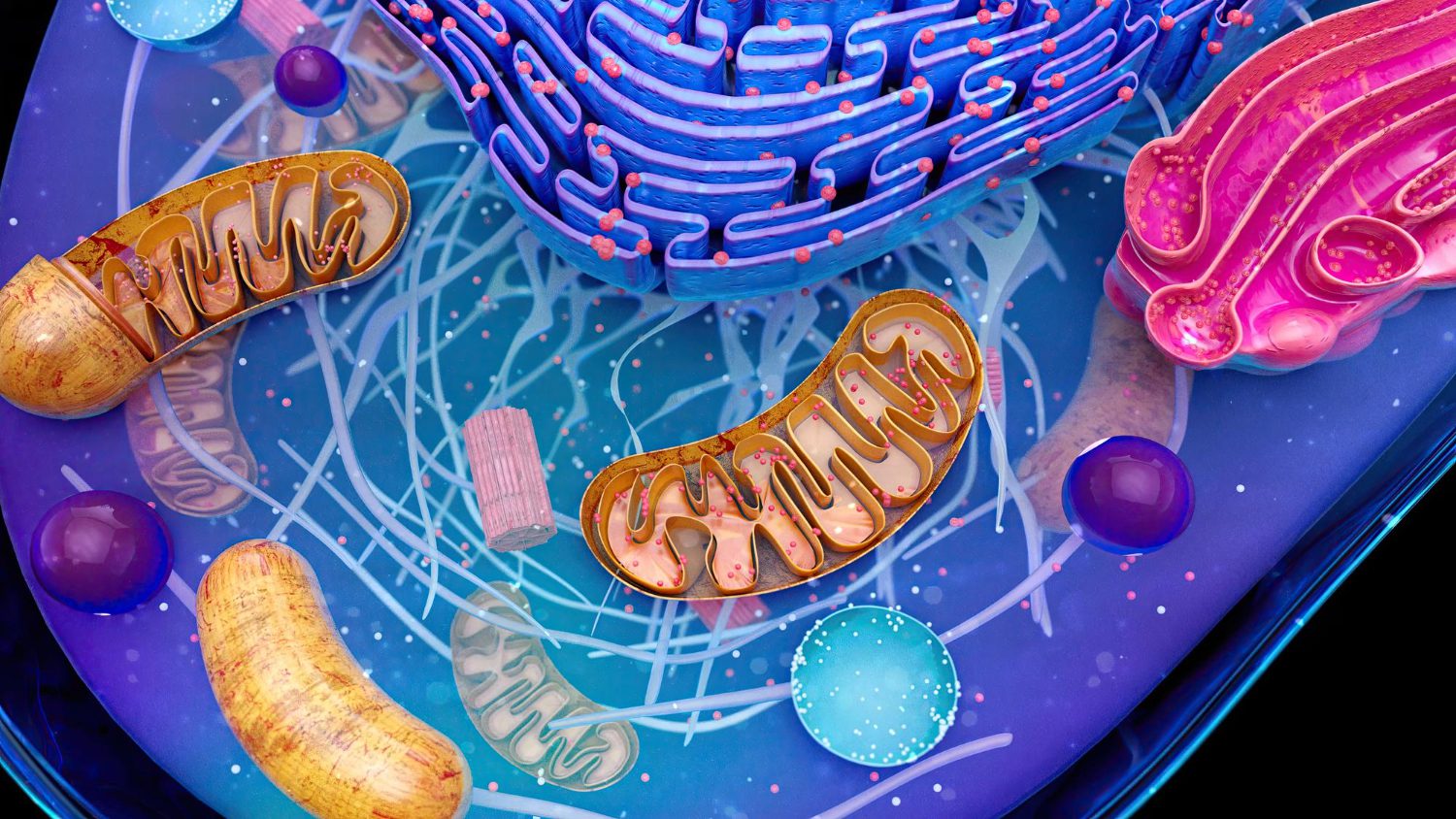Such ailment – being a crucial concern involving energy-generating elements of cells – disrupts intracellular operations and influences systemic health. These ATP-synthesizing power-houses, fundamental to cellular vitality, falter under duress, unleashing a cascade of mechanisms culminating in chronic ailments and mitochondrial dysfunction and disease. Deeply-realising symptoms mitochondrial dysfunction, causative elements, and preemptive measures are considerable for controlling good-health peaks.
Common Indicators of Mitochondrial Dysfunction
Mitochondrial dysfunction symptoms in adults might surface through varied, often subtle warning signals.
- Enduring energy insufficiency unrelieved by rest.
- Muscular frailty diminishing physical robustness and stamina.
- Cognitive disarray, attention deficits, or neurological impairments.
- Gastrointestinal disturbances, including bloating, nausea, or erratic weight regulation.
- Metabolic anomalies mimicking unrelated disorders, emphasizing neediness for prompt diagnosis.
Recognizing symptoms of mitochondrial dysfunction in their nascent stages enhances the likelihood of precise interventions.
Ground Causes of Mitochondrial Dysfunction
Uprising of disease mitochondrial dysfunction comes from multifaceted triggers.
- Genetical Predisposition: Hereditary mitochondrial DNA-mutations transmitted intergenerationally.
- Environmentally-Caused Influences: Exposure to toxins, contaminants, or radiation disrupts mitochondrial equilibrium.
- Chronic Stress: Elevated cortisol suppresses mitochondrial biosynthesis.
- Nutrient Imbalances: Deficiencies in CoQ10, magnesium, or B-group vitamins impair ATP synthesis.
- Oxidative Assault: Prolonged free-radical exposure damages mitochondrial membranes.
Dealing with these foundational states can mitigate progression and restore cellular efficacy.
Approaches to Treating Mitochondrial Dysfunction
A multifaceted treatment for mitochondrial dysfunction aims at underlying provocations while alleviating manifestations. Effective mechanisms for mitochondrial dysfunction treatment might involve next-described.
- Optimized Nutrition: Incorporating nutrient-rich consumables abundant in antioxidants, omega-3 fatty acids, and phytochemicals fortifies repair processes.
- Supplementation: Bioactive enhancers like L-carnitine, coenzyme-Q10, and alpha-lipoic acid elevate mito-functionality.
- Detoxification: Purging toxins reduces oxidative strain on cellular machinery.
- Physical Engagement: Practices such as walking, stretching, or low-intensity yoga stimulate bioenergetic restoration without overexerting cells.
- Stress Regulation: Techniques like mindfulness and diaphragmatic breathing modulate stress hormone fluctuations.
These integrative measures bolster mitochondrial integrity, slowing disease progression and pushing life-quality to be better.
Foods Contributing to Mitochondrial Efficiency
Certain dietary choices are instrumental in contributing to and sustaining mitochondrial functionality.
- Dark Leafy Vegetables: Options like kale, spinach, and collard greens supply indispensable micronutrients.
- Omega-3-Rich Fish: Salmon and mackerel fortify cellular membranes with essential fatty acids.
- Nutrient-Dense Nuts and Seeds: Almonds and flaxseeds deliver antioxidants and healthy fats.
- Antioxidant-Packed Berries: Blackberries and cranberries counteract oxidative harm.
- Probiotic Foods: Kimchi and kefir promote gut health, indirectly supporting mitochondrial efficiency.
Incorporating these selections rejuvenates mitochondrial activity and preserves cellular balance.
What defines mitochondrial dysfunction?
It signifies disrupted intracellular energy pathways due to malfunctioning mitochondria. Such biochemical imbalance obstructs ATP-synthesis, triggering constant breakdowns and hallmark general symptoms.
How is mitochondrial dysfunction diagnosed?
Detecting this ailment involves advanced diagnostics such as metabolic assays, genetic screening, and tissue biopsies. Early recognition of mitochondrial dysfunction symptom enables tailored interventions.
How can mitochondrial dysfunction be managed?
Addressing mitochondrial dysfunction necessitates synergistic therapies encompassing nutrient-specific dietary plans, environmental changes, and stress-mitigation practices. Expert-guided treatment ensures individualized care. It is essential to consult a medical specialist. Their expertise will help identify mitochondrial dysfunction and develop an appropriate plan for managing the condition.
Which foods bolster mitochondrial recovery?
Nutrient-dense selections, including omega-3-enriched fish, antioxidant-laden fruits, and dark leafy greens, aid mitochondrial regeneration. These items diminish oxidative degradation, enhance membrane resilience, and invigorate energy systems.

